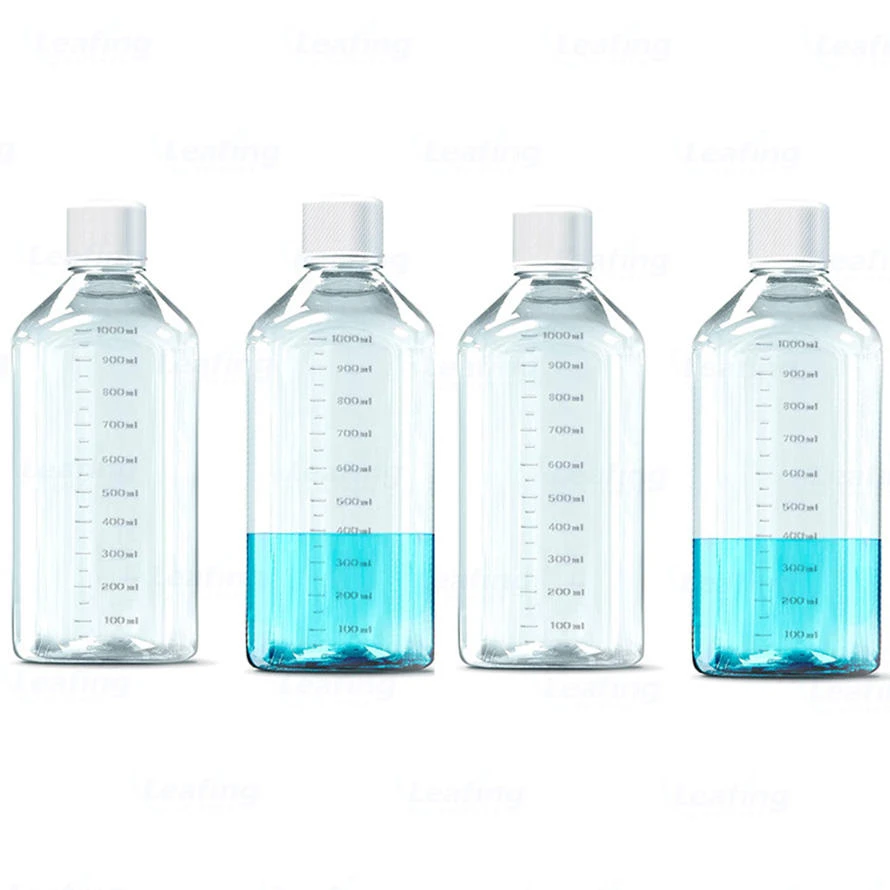spray container
The Rise of Spray Containers Revolutionizing Packaging and Delivery
In recent years, spray containers have emerged as a pivotal innovation in the packaging industry, fundamentally transforming the way products are delivered and experienced by consumers. With their versatility, ease of use, and ability to dispense a variety of substances, spray containers have become indispensable in numerous sectors, including cosmetics, pharmaceuticals, cleaning products, and food applications. This article will delve into the evolution of spray containers, their advantages, and the impact they have on both consumer habits and environmental sustainability.
Evolution of Spray Containers
Spray containers trace their origins back to the mid-20th century when the first aerosol cans were introduced. These cans utilized a pressurized system to deliver a fine mist of product, allowing for efficient application. Over the years, improvements in technology led to the development of more sophisticated spray mechanisms, including pump-based sprays and trigger sprayers. This evolution has enabled manufacturers to create a wide array of products, from hair sprays and deodorants to household cleaners and automotive sprays.
The advancement in materials used for spray containers has also played a significant role in their proliferation. Initially made from metals, many modern spray containers are crafted from lightweight plastic or composite materials, which further enhances their usability and accessibility. Additionally, the rise of refillable spray containers reflects a growing awareness of sustainability, allowing consumers to minimize waste while enjoying the convenience of spray applications.
Advantages of Spray Containers
One of the most significant advantages of spray containers is their ability to deliver a controlled, even application of products. This attribute is particularly beneficial in the beauty and personal care industry, where precise distribution is paramount. For instance, facial mists and setting sprays offer consumers a quick and even application, ensuring that every part of the face receives the desired benefits, such as hydration or fixation.
Moreover, spray containers enhance the user experience by providing a mess-free solution for application. Traditional methods of applying products, such as creams or gels, often lead to spills or wastage. In contrast, spray containers allow consumers to dispense the exact amount needed without the fear of overapplication or contamination.
Another key advantage is the versatility of spray containers. They can accommodate a wide range of substances, from liquids and gels to foams and powders. This adaptability means that industries can innovate and create new products that cater to specific consumer needs, further broadening the market potential for spray packaging.
spray container

Impact on Consumer Habits
The rise of spray containers has undoubtedly influenced consumer habits. With their convenience and ease of use, consumers are increasingly drawn to products packaged in spray containers. The ability to apply products quickly and effortlessly aligns with the fast-paced lifestyle of modern consumers, who value time-saving solutions.
Additionally, the visually appealing design of spray containers has made them more attractive on store shelves. Brands often invest in unique and aesthetically pleasing designs that stand out, leading to heightened consumer interest and impulse purchases. As a result, spray containers have become a staple in both brick-and-mortar stores and e-commerce platforms.
Environmental Considerations
Despite the numerous benefits of spray containers, it is essential to address the environmental concerns associated with their use. Traditional aerosol cans, particularly those made of single-use plastics, contribute significantly to the growing problem of plastic waste. In response, many manufacturers are adopting eco-friendly practices, such as utilizing biodegradable materials or creating refillable spray systems.
The shift toward sustainable practices reflects a broader trend across industries, where consumers are increasingly prioritizing environmentally responsible products. As awareness of plastic pollution continues to rise, the demand for innovative, sustainable spray container designs will likely increase, prompting companies to invest in research and development.
Conclusion
In summary, spray containers have revolutionized the way products are packaged and consumed, offering a myriad of advantages such as ease of use, versatility, and a mess-free application. As consumer behaviors continue to evolve in favor of convenience and sustainability, the spray container industry is poised for further growth and innovation. By addressing environmental concerns and embracing sustainable practices, spray containers can continue to thrive in a competitive market, making them a critical component of modern packaging solutions. The future of spray containers looks promising, paving the way for exciting developments that will shape the landscape of consumer goods for years to come.
-
Aesthetic Makeup Spray Bottles | Fine Mist Empty RefillableNewsAug.19,2025
-
White Plastic Veterinary Vaccine Vials | Lab Liquid BottlesNewsAug.18,2025
-
Plastic Medicine Liquid Bottle: Secure Flip Top Drug VialsNewsAug.17,2025
-
Durable 250ml Blue Plastic Vaccine Vial for Lab & Vet UseNewsAug.16,2025
-
Sterile Virus Sample Tubes: Secure & Reliable Specimen CollectionNewsAug.15,2025
-
White 250ml Plastic Vaccine Vial for Lab & Vet MedicineNewsAug.14,2025
























